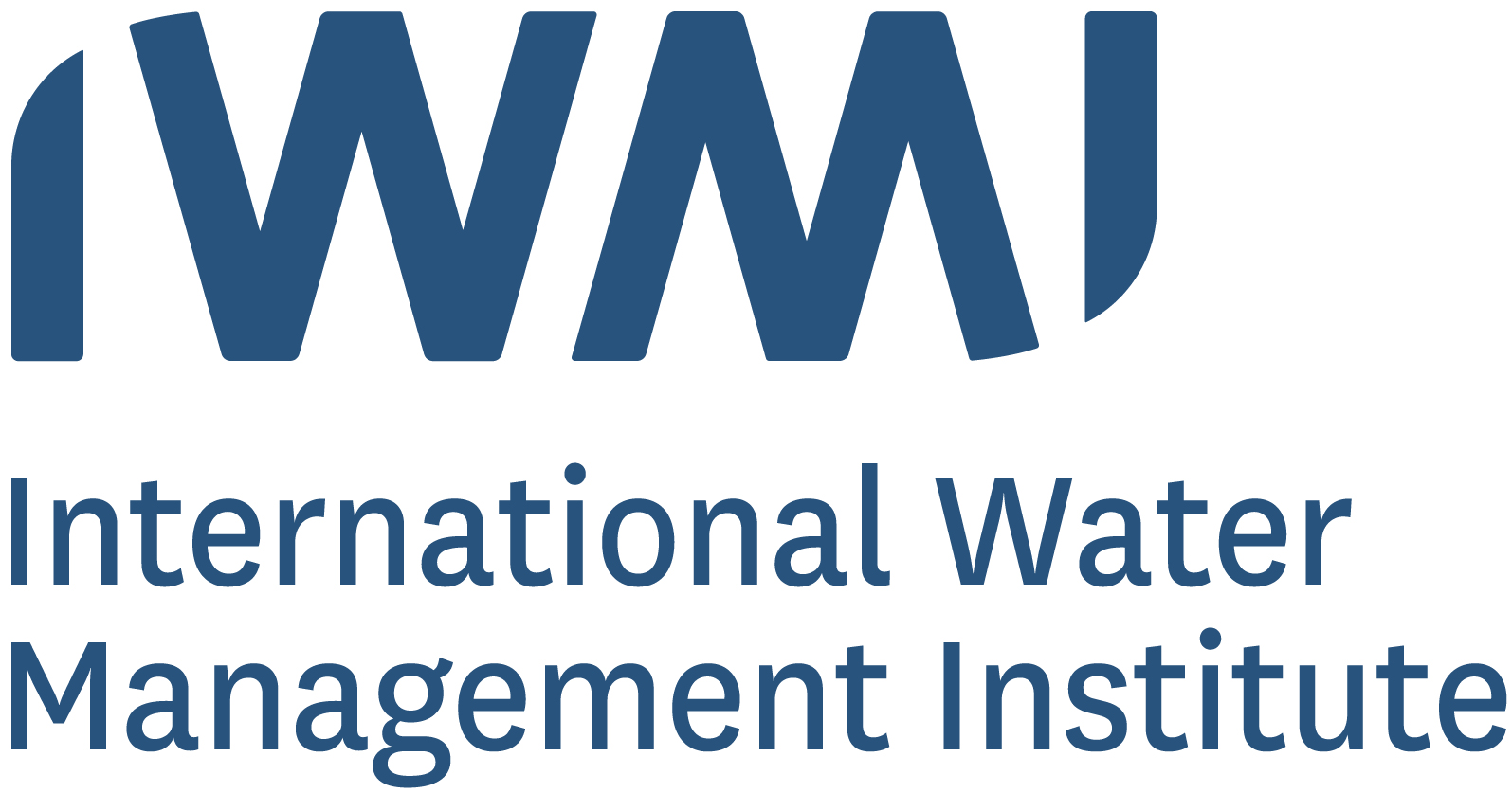Location
The International Water Management Institute (IWMI) is a non-profit, scientific research organization focusing on the sustainable use of water and land resources in developing countries. It is headquartered in Colombo, Sri Lanka, with regional offices across Asia and Africa. IWMI works in partnership with governments, civil society and the private sector to develop scalable agricultural water management solutions that have a real impact on poverty reduction, food security and ecosystem health. IWMI is a member of CGIAR, a global research partnership for a food-secure future.
IWMI’s Mission is to provide evidence-based solutions to sustainably manage water and land resources for food security, people’s livelihoods and the environment.
IWMI’s Vision, as reflected in the Strategy 2014-2018, is ‘a water-secure world’. IWMI targets water and land management challenges faced by poor communities in the developing countries, and through this contributes towards the achievement of the United Nations Millennium Development Goals (MDGs) of reducing poverty and hunger, and maintaining a sustainable environment. These are also the goals of CGIAR.
IWMI works through collaborative research with many partners in the North and South, and targets policymakers, development agencies, individual farmers and private sector organizations.
Resources
Displaying 776 - 780 of 959Modernizing irrigation operations: spatially differentiated resource allocations
Presents an improved methodology for evaluating the resource demands necessary for effective canal operations. Includes identification and analysis of three operational domains: vulnerability, sensitivity and perturbation. Enables more cost-effective strategies and procedures for operation, and priorities for rehabilitation or modernization of physical infrastructure.
Modeling water resources management at the basin level: review and future directions
The world is facing severe and growing challenges in maintaining water quality and meeting the rapidly growing demand for water resources. In addition, water used for irrigation, the largest use of water in most developing countries, will likely have to be diverted increasingly to meet the needs of urban areas and industry whilst remaining a prime engine of agricultural growth. Finally, environmental and other in-stream water demands become more important as economies develop.
Naturaleza y extension del mercado del agua en el D.R.017 de la Comarca Lagunera, Mexico. In Spanish
Multiple uses of water in irrigated areas: a case study from Sri Lanka
Water is being transferred out of agriculture to meet the growing demand in other areas, often without an agreement of or compensation to farmers with irrigated land and water rights. Furthermore, there is a failure to recognize that irrigation systems supply water not only for the main fields, but also for domestic uses, home gardens, trees and other permanent vegetation, and livestock. Other productive uses include fishing, harvesting of aquatic plants and animals, and a variety of other enterprises such as brick making.
Performance evaluation of the Bhakra Irrigation System, India, using remote sensing and GIS techniques
Describes the use of satellite remote sensing and GIs techniques to analyze the agricultural performance and sustainability of the Bhakra Irrigation System in India. Demonstrates the cost-effectiveness of these techniques as diagnostic tools for irrigation system improvement and the advantages of using SRS and GIs in combination.





